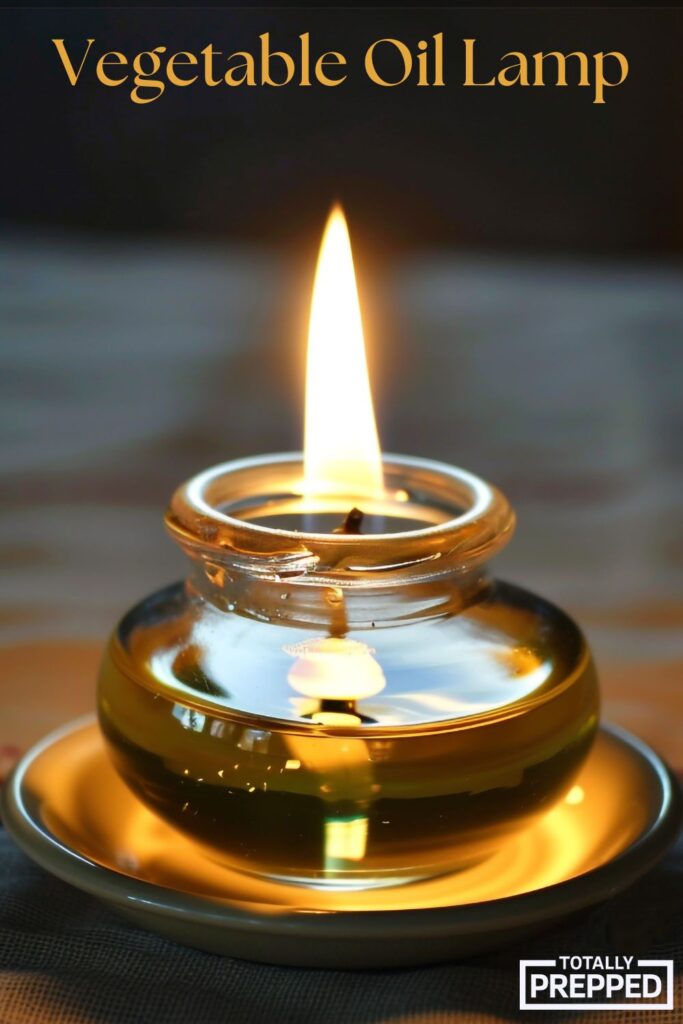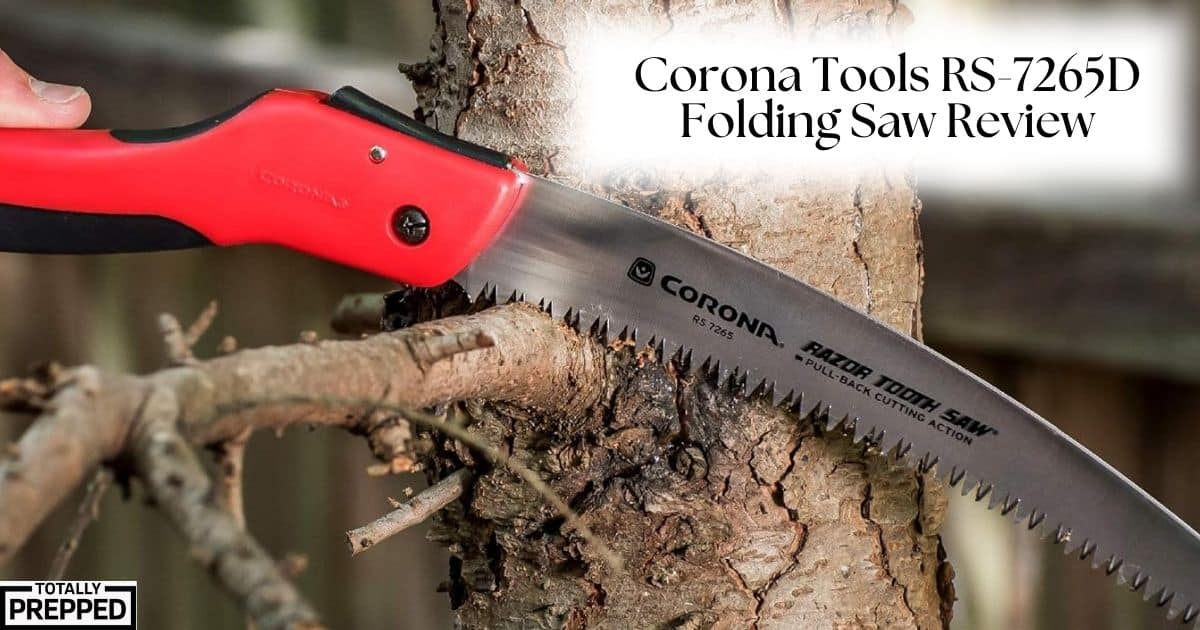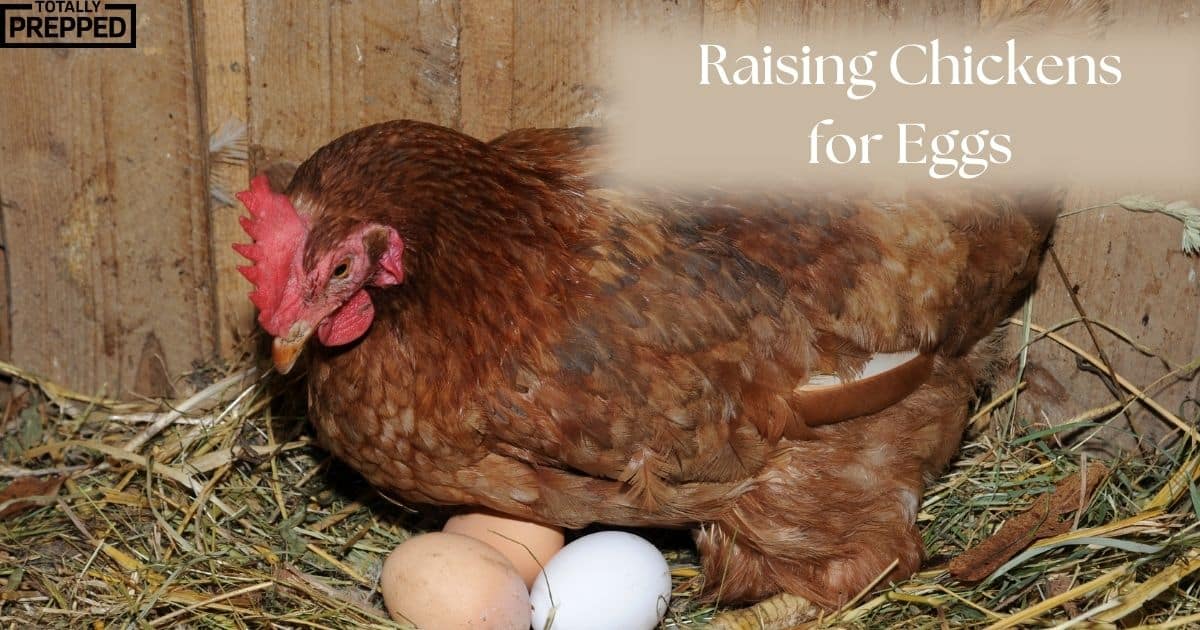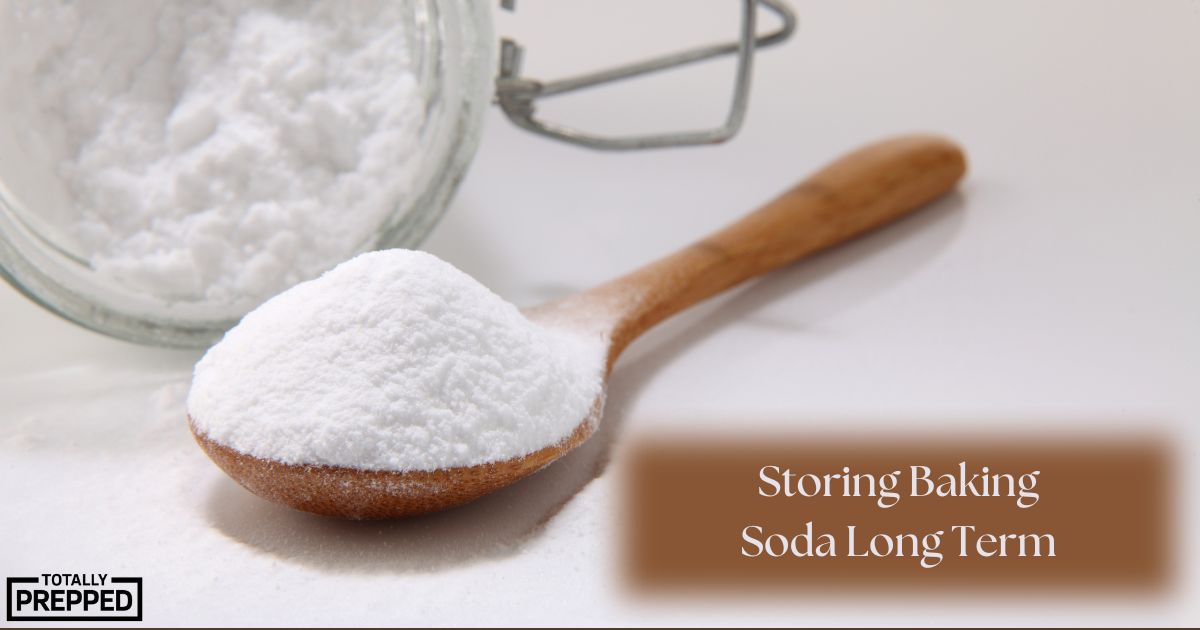A vegetable oil lamp is simple to make and oil lamps have illuminated homes for centuries. These lamps operate by burning a wick that is soaked in vegetable oil, providing a steady flame. They offer a reliable source of light, particularly in areas where electricity is not readily available or in situations where sustainable living practices are preferred. It is an easy to make emergency light source.
 The construction of a vegetable oil lamp is relatively straightforward, comprising a container to hold the oil, a wick, and a wick holder. The type of oil used can vary, with options including olive oil, canola oil, and sunflower oil, among others. Each oil has its burning characteristics and properties, influencing factors such as the longevity of the flame and the intensity of the light produced.
The construction of a vegetable oil lamp is relatively straightforward, comprising a container to hold the oil, a wick, and a wick holder. The type of oil used can vary, with options including olive oil, canola oil, and sunflower oil, among others. Each oil has its burning characteristics and properties, influencing factors such as the longevity of the flame and the intensity of the light produced.
They emit a softer light compared to electric bulbs and can be used in a variety of settings, from outdoor gatherings to intimate indoor settings. As an added benefit, these lamps are considered safer for indoor use since the fuels are less volatile than kerosene or paraffin.
Vegetable Oil Lamp Versus Candle
Pros for Oil Lamps:
- Longevity: A vegetable oil lamp typically burns for a longer duration than a candle made of the same amount of wax.
- Cost-Effectiveness: In regions where vegetable oil is cheap and readily available, it can be more economical than candles.
- Safety: Vegetable oil has a higher flash point than wax, making it less likely to ignite if spilled, which is a safety advantage.
- Renewability: Many vegetable oils are derived from renewable resources, whereas paraffin, a common candle wax, is petroleum-based and not renewable.
Pros for Candles:
- Brightness: Candles can sometimes provide brighter light compared to vegetable oil lamps.
- Convenience: Candles are easier to use since they come ready-made, while vegetable oil lamps require setup.
- Availability: Candles are more widely available in stores than wicks and containers suitable for oil lamps.
- Cleanliness: Vegetable oil can create more residue and requires more frequent cleaning of the lamp vessel compared to using candles.
Both vegetable oil lamps and candles have their places depending on the user’s needs and resources. Each option offers a different set of benefits and challenges when it comes to providing light.
Manufacture and Operation
This section covers the essentials of creating a vegetable oil lamp and its safe operation.
Materials Required
To make a vegetable oil lamp, the following materials are necessary:
- Container: A heat-resistant glass or ceramic container serves as the base of the lamp. In a pinch you can use a metal food can, but it will get hot so be careful not to touch the metal.
- Wick: Cotton wicks are preferred due to their good absorbency.
- Vegetable Oil: Any common kitchen-grade vegetable oil such as canola, olive, or sunflower oil.
- Support: A metal or wire support to hold the wick upright.
Assembly Instructions
Assembling a vegetable oil lamp consists of the following steps:
- Insert Wick: Place the wick into the support, ensuring it extends about a quarter inch above the holder.
- Fill Container: Pour the vegetable oil into the container until it is approximately three-quarters full.
- Submerge Wick: Immerse the bottom end of the wick into the oil, allowing it to soak for several minutes.
- Light the Wick: Once the wick is saturated with oil, carefully light the top end.
Safety Guidelines
Compliance with safety measures is critical when operating a vegetable oil lamp:
- Stable Surface: Always place the lamp on a flat and stable surface, away from flammable materials.
- Supervision: Never leave a lit lamp unattended to prevent accidental fires.
- Distance: Keep the lamp out of reach of children and pets.
- Extinguishing: Snuff out the flame by suffocating it, rather than blowing on it, to reduce the risk of spreading the fire.



